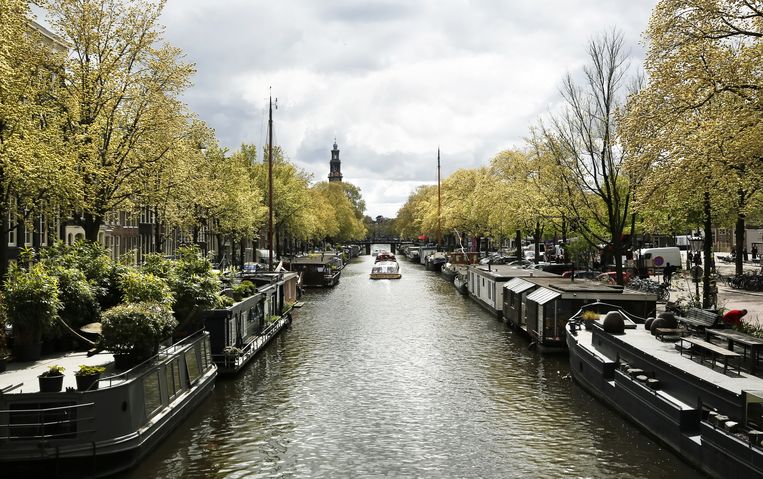Dutch elm disease wreaked havoc on parks and forests in Amsterdam last year. A total of 770 elm trees had to be cut down. However, according to the municipality, the disease is “well controlled”.
Amsterdam had to cut more elms due to Dutch elm disease than in previous years. The number has fluctuated around 300 over the years, but in 2022 it has returned to the level that was typical between 1997 and 2007, when about 700 Amsterdam elms succumbed to the disease each year.
The number of elm trees cut down by the municipality last year is 770, about 1 percent of the estimated total of 75,000 elm trees in the city. The municipality expects that the number of affected trees will decrease again because Amsterdam has replanted elms resistant to the disease in the past 25 years.
Old and susceptible elms are infected with elm disease, which is transmitted by beetles. According to municipal regulations, a diseased tree must be removed within 10 days to prevent it from spreading. Because of this and because of planting resistant elm trees, the municipality describes Dutch elm disease as “easily manageable.”
bombing from neighboring municipalities
Dutch elm disease has spread here and there in Amsterdam, for example on the islands on the eastern side of Slotterplas. There have been more cases of Dutch elm disease in the past year, particularly in New West and Noord, possibly caused by major sources of the disease across municipal borders. Field elm, susceptible to Dutch elm disease, is more common in these areas. The municipality suspects that the long, warm summers could explain the beetle increase.
Dutch elm disease is expected to break out again this year, alderman Melanie van der Horst (Groene) wrote in a letter to the city council. On the other hand, the oak caterpillar caused less nuisance last year and maybe this year too. The municipality explains that due to weather conditions and natural control in recent years.
Van der Horst also reports that the program of replanting trees that have to be cut down for lack of safety, for example because they are sick, is catching up. In 2019, it was found that the municipality had fallen far behind in the process of replanting, after which it promised to replant eight to ten thousand trees within five years. Last year, 1,704 trees were cut down and 2,536 trees were planted under this programme. Such a catch-up is also expected this year, which will be the third year in a row.
Registration is not in order
The municipality still has some tree work that must make way for new construction or new infrastructure. Here, too, the agreement provided that, where required, a new tree would be planted for every tree cut down. However, registration has not yet taken place as required, and as a result the municipality does not know exactly which trees have been replanted. With a new registration system in place, this should be clear next year, so that the municipality does not depend on enforcement reports.
Another new feature is that trees will be replaced from next year if they are not a safety hazard, but are struggling with a lack of underground space. As a result, they hardly grow and contribute little or no to the municipality’s climate plans.
In the southern, western and northern regions, QR code banners will be placed on trees for which a felling permit has been requested. In this way, which will be tested first in a pilot, the municipality wants to inform the people of Amsterdam of the possibility of interception.

“Thinker. Coffeeaholic. Award-winning gamer. Web trailblazer. Pop culture scholar. Beer guru. Food specialist.”







More Stories
Week 17 of 2024 These toys were the best sellers in Belgium last week
A German party wants to put a ceiling on the price of shawarma kebab
This is when you can expect a foldable iPad and iPhone (maybe)